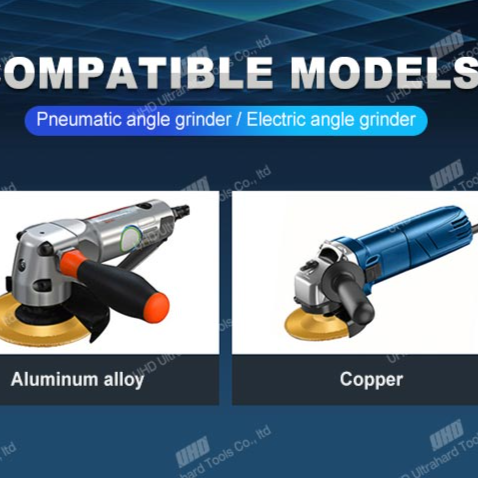
Engineers and manufacturers in high-precision industries are constantly seeking tools that deliver consistent performance across diverse materials—from gray cast iron to stainless steel and advanced ceramics. The 100 Series Brazed Diamond Grinding Tool, developed by Henan Yode Superhard Tools Co., Ltd., stands out as a breakthrough solution engineered for superior grinding efficiency, durability, and safety.
Unlike traditional methods such as electroplating or sintering, brazing uses a molten metal alloy (typically silver-based) to bond diamond segments directly to the tool body at temperatures between 700–850°C. This process creates a stronger metallurgical bond—up to 30% higher shear strength than conventional techniques—resulting in longer tool life and reduced downtime.
| Performance Metric | Traditional Method | 100 Series Brazed Tool |
|---|---|---|
| Diamond Retention | ~60% | ~95% |
| Grinding Efficiency (mm³/min) | ~120 | ~210 |
| Tool Life (hours) | ~15 | ~45 |
The 100 Series is optimized for challenging applications where precision and reliability matter most:
In one case study from a German automotive supplier, switching to the 100 Series reduced grinding cycle time by 28% while cutting tool replacement costs by nearly 60%. These results aren’t anomalies—they’re repeatable outcomes when using properly designed brazed diamond tools.
For flat surfaces, use standard disc diameters (100–300 mm). For curved profiles like turbine blades or bearing races, select custom-shaped segments with optimized diamond density (typically 30–50 g/dm²). Always match segment thickness to your machine’s power output—too thin risks premature failure; too thick wastes material and increases cost.

Pro tip: Regular inspection of the bond zone during operation can prevent unexpected breakage—a simple visual check every 2–3 hours can extend tool life significantly.
At Yode, we don’t just sell tools—we build long-term partnerships. Our engineers provide free technical support, including setup optimization and wear pattern analysis. With ISO 9001-certified production and a 99.2% on-time delivery rate, you're not just buying a product—you're gaining a reliable partner in global manufacturing excellence.
Ready to elevate your grinding performance?
Request a Free Sample + Technical Catalog
